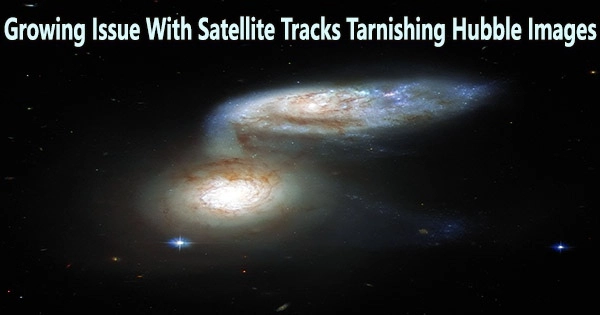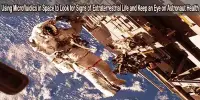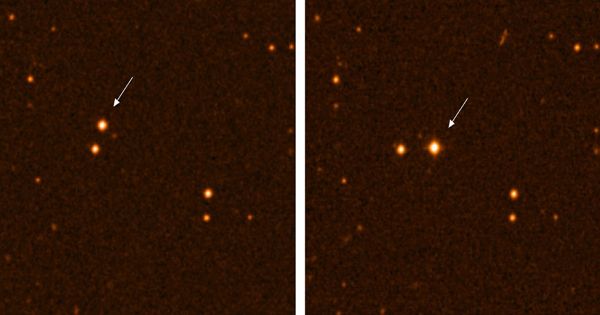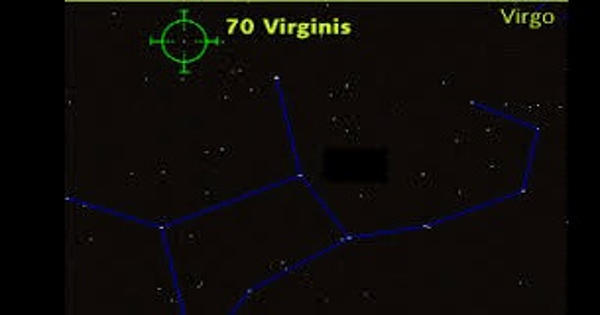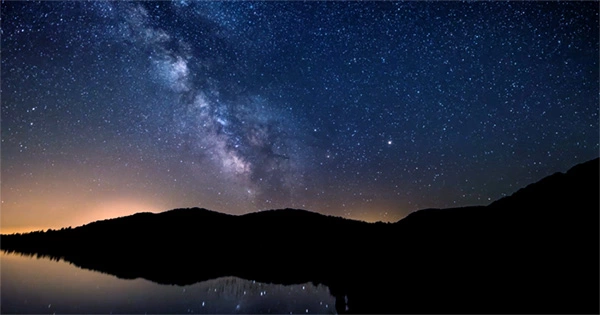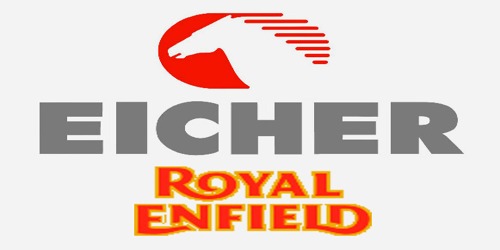A increasing issue with satellite trails tainting photos captured by space-based telescopes like Hubble is being brought to light by an international team of space experts. The team collected information from more than 11,000 citizen scientists to gauge the severity of the issue and create future projections in their study, which was published in the journal Nature Astronomy.
For many years, the issue of man-made satellites obscuring the view of objects in space has caused scientists working at ground-based observatories to become more and more concerned.
Concerns have only increased as more satellites have been put into operation and as such telescopes become more sophisticated and sensitive. Recent years have seen an increase in worry among scientists looking at data from observatories in space, particularly in light of plans to launch massive satellite constellations.
The Hubble Space Telescope photos were the sole source of inspiration for the researchers’ latest endeavor. Its orbit is closer to Earth than the satellites in low orbit.
Thus, such satellites can sometimes pass between Hubble and its targets. The result is pinpoints of light or trails from satellites across the images, generally making them useless.
The researchers enlisted more than 11,000 citizen scientists who take part in the Hubble Asteroid Hunter project to help them better comprehend the scope of the issue.
Participants examined batches of Hubble images from 2001 to 2021 and marked any with satellite streaks. They analyzed the findings and made projections about the total likely number of Hubble exposures using a machine-learning technique.
They found that approximately 2.7% of Hubble images likely have satellite streaks. They also noted that the chances of streaks appearing in any given image increased over the years 2009 to 2020 from 3.7 to 5.9%.
The researchers point out that major satellite distribution operators like Starlink and One Web have declared intentions to launch thousands more satellites into orbit, significantly increasing the amount of distorted images. They propose that the issue can be resolved by placing telescopes in orbit more distantly, as was done with the James Webb Space Telescope.
